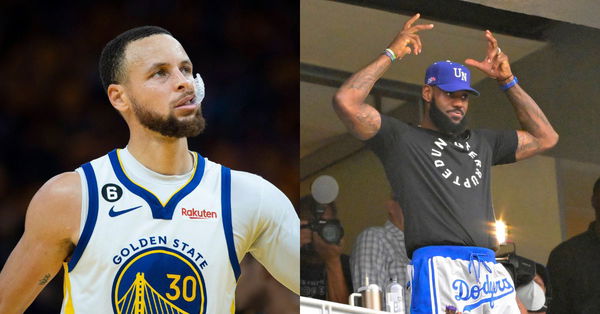
via Imago
Credits: Imago

via Imago
Credits: Imago
As the NBA trade deadline approaches, clubs find themselves at an important turning point. That is because the landscape of the NBA has transformed due to the newly signed collective bargaining agreement. So, it is the final trade deadline before the severe expenditure limitations take effect this summer. This has added another degree of difficulty to an already complicated process.
According to ESPN, the nine clubs that would finish as second-apron teams in the 2024-25 season are the Bucks, Celtics, Nuggets, Warriors, Clippers, Lakers, Heat, Timberwolves, and the Suns. So, the moves that will be made by these teams before the deadline are particularly important because of the constraints that will be imposed on them during the upcoming offseason.
Beginning on the first day of the offseason, clubs above the second apron in the 2023-24 season will suffer many limitations. For instance, the teams cannot take back more salary in a trade. The teams are not allowed to aggregate contracts. Teams are even restricted from sending out cash in deals. And the final one, the teams are restricted from using the pre-existing trade exceptions to acquire a player.
ADVERTISEMENT
Article continues below this ad
So, the repercussions for clubs who finish above the second apron following the 2024-25 season are very severe. Due to that, the recent approval of the collective bargaining agreement has sent shockwaves across the NBA, with clubs trying to manage the severe repercussions of new salary spending limits.
How are the teams dealing with these new changes?
As the trade deadline approaches, the league sees a strategic change as teams consider the short-term benefits against the long-term risks of committing to specific compensation arrangements. This is due to the changes that are caused by the CBA limits, which are affecting clubs’ strategies. Like, for example, Zach LaVine was a potential prospect for several teams. However, due to the star being owed $138 million over the next three seasons, most of the teams rumored to acquire him have all taken a backseat.
ADVERTISEMENT
Article continues below this ad

USA Today via Reuters
Nov 1, 2023; Dallas, Texas, USA; Chicago Bulls guard Zach LaVine (8) reacts after scoring during the second quarter against the Dallas Mavericks at American Airlines Center. Mandatory Credit: Kevin Jairaj-USA TODAY Sports
That is because the hesitation to chase high-paid players is accompanied by the financial concerns that arise when a team commits to a third star. And that is when a franchise gets dangerously close to the second apron. A similar situation like this is developing in Phoenix, where the Suns, having acquired Bradley Beal, are now committed to their existing roster structure.
Read More: LeBron James Inspires Lakers to Victory Over Knicks Amidst Uncertain Future
ADVERTISEMENT
Article continues below this ad
Due to that, the fear of being locked with a fixed core is causing teams to be extremely cautious in the trade market. So, as these new changes will have an impact beyond the trade deadline, they will impact the way teams approach roster creation and give rise to a new basketball era.
Watch this Story: When Did Stephen Curry Last Not Make a Three-Pointer in Game?
ADVERTISEMENT
ADVERTISEMENT
ADVERTISEMENT
ADVERTISEMENT

